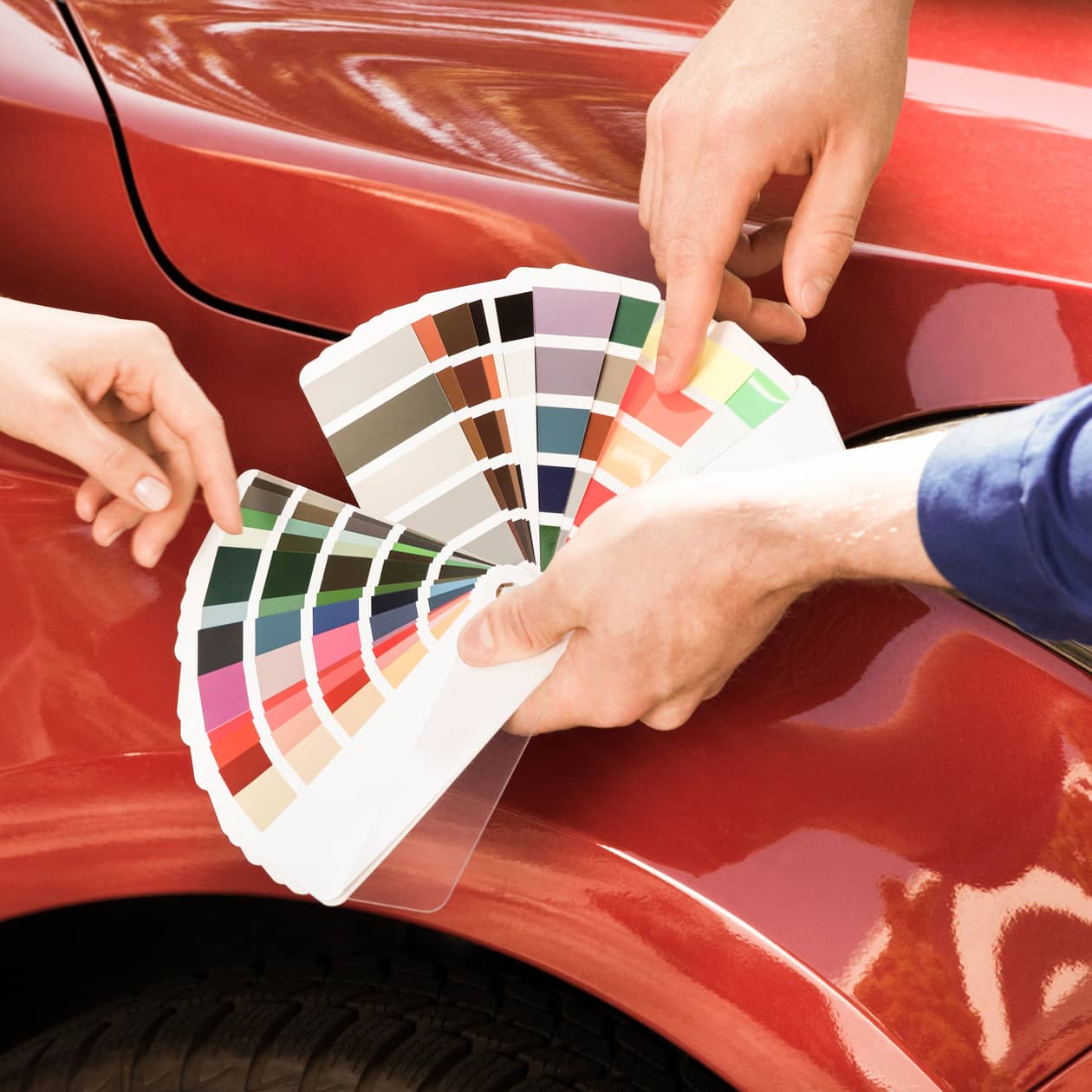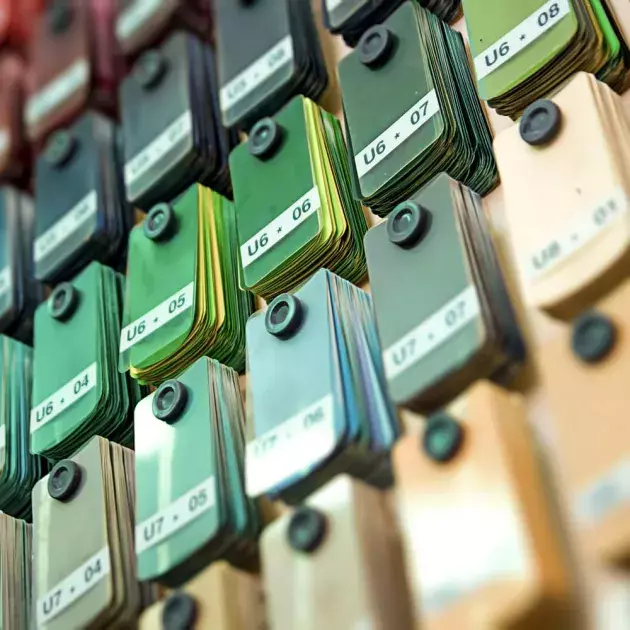Are you planning to buy a new vehicle? One of your criteria will certainly be the level of safety. Manufacturers offer a wide range of equipment and these technologies will help you prevent accidents. When configuring your new car, you will also choose the colour that best suits your taste. This choice mainly comes down to what looks good, but should also take into account the issue of safety.
A brief overview
Several studies show a correlation between the colour of the vehicle and its involvement in an accident. The exact statistics cover all the colours of the rainbow, but as a general guide to choosing a colour:
- Dark colours are more difficult to see at night and they blend into the environment. They have a much higher accident rate than cars of other colours. Black and dark blue should therefore be avoided.
- Grey and silver are also poor choices when it comes to safety. Even though they are light shades, they tend to disappear into the background. As a result, there is a higher risk of accidents.
- Despite its vivid appearance, red is also a bad choice. Traffic signs, flashing lights (abroad) and brake lights increase the presence of this colour along our roads. It is therefore more difficult for other motorists to distinguish between red vehicles in the middle of all that red.
- Green also blends in with the landscape. This colour is a bit less dangerous, but it is not the safest.

What colours are associated with the lowest accident rates?
Researchers have identified colours that tend to stand out from the background, making them easier for other drivers to see. For extra safety, you should choose one of these colours for your next car:
- White: provides a significant contrast between vehicles and their surroundings
- Very bright yellow: it’s the easiest to spot
- Orange and gold: these are not very common, so allow you to stand out
In addition to the risk of accidents, the colour also affects the interior temperature, the ease of maintenance and the resale of your vehicle. In recent years, matt paints have been hugely popular. But beware: they require special products, cannot be polished and are a nightmare when it comes to squashed bugs. The choice isn't simple!






